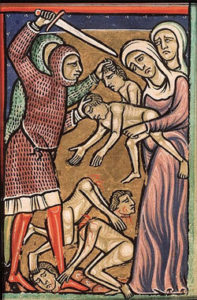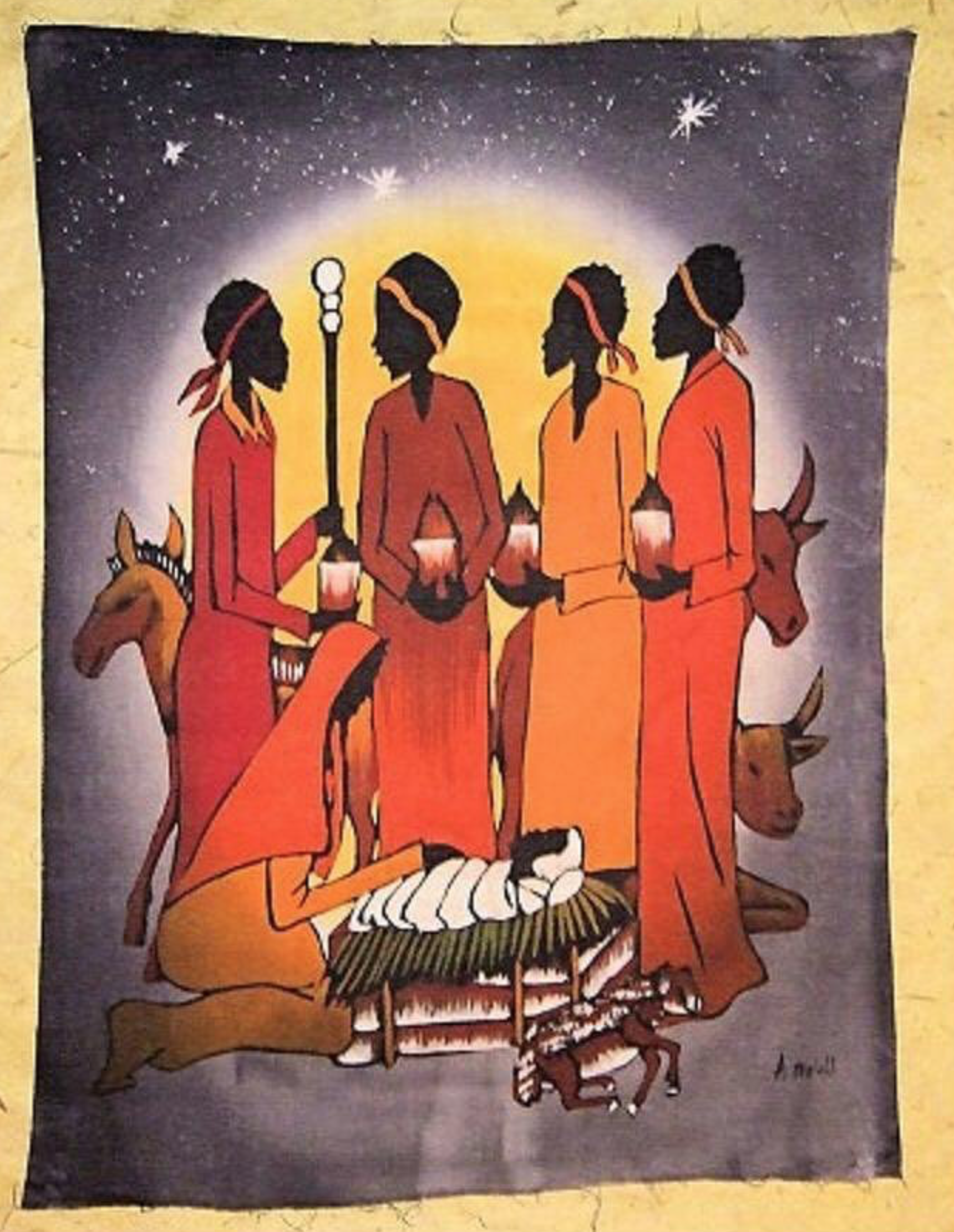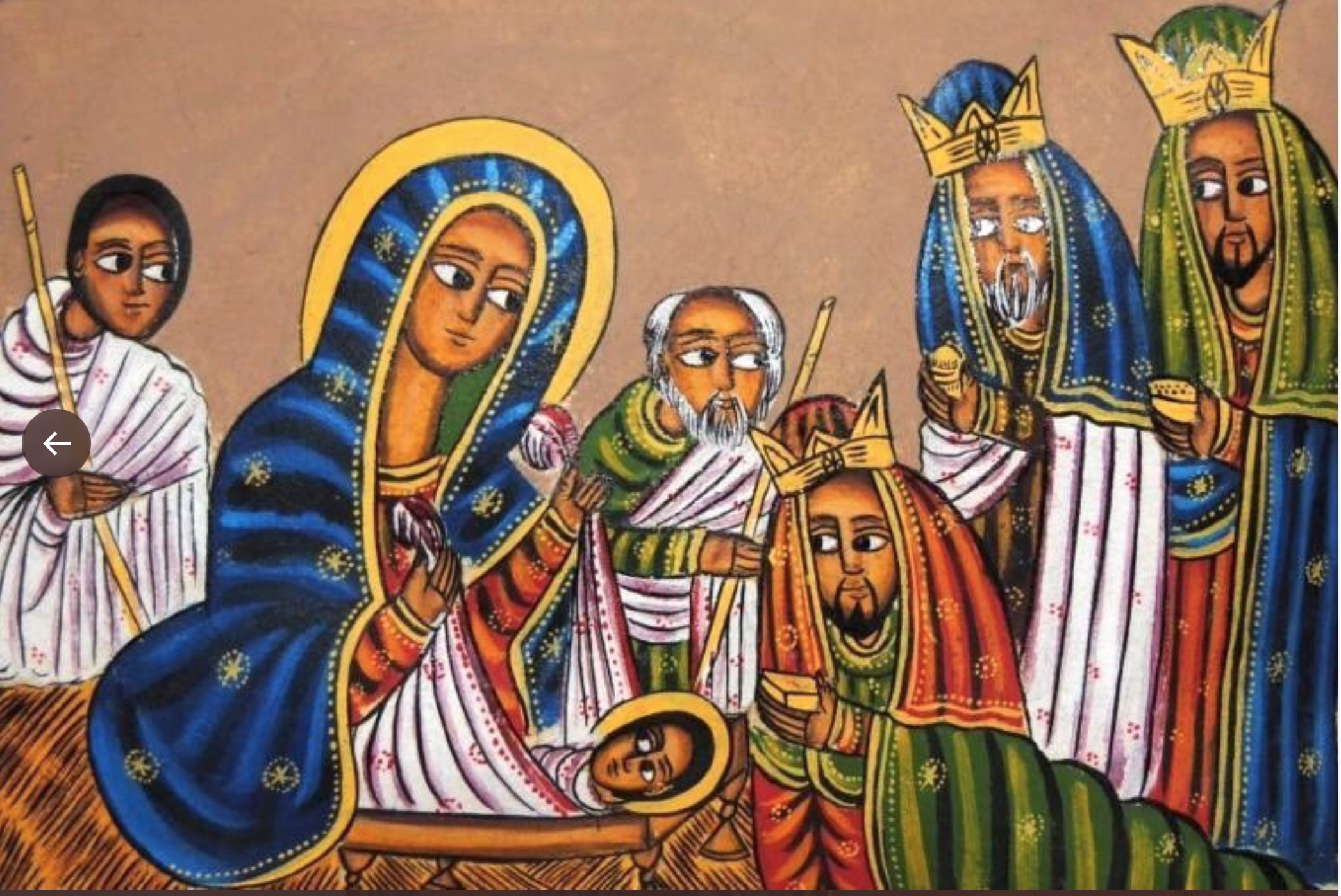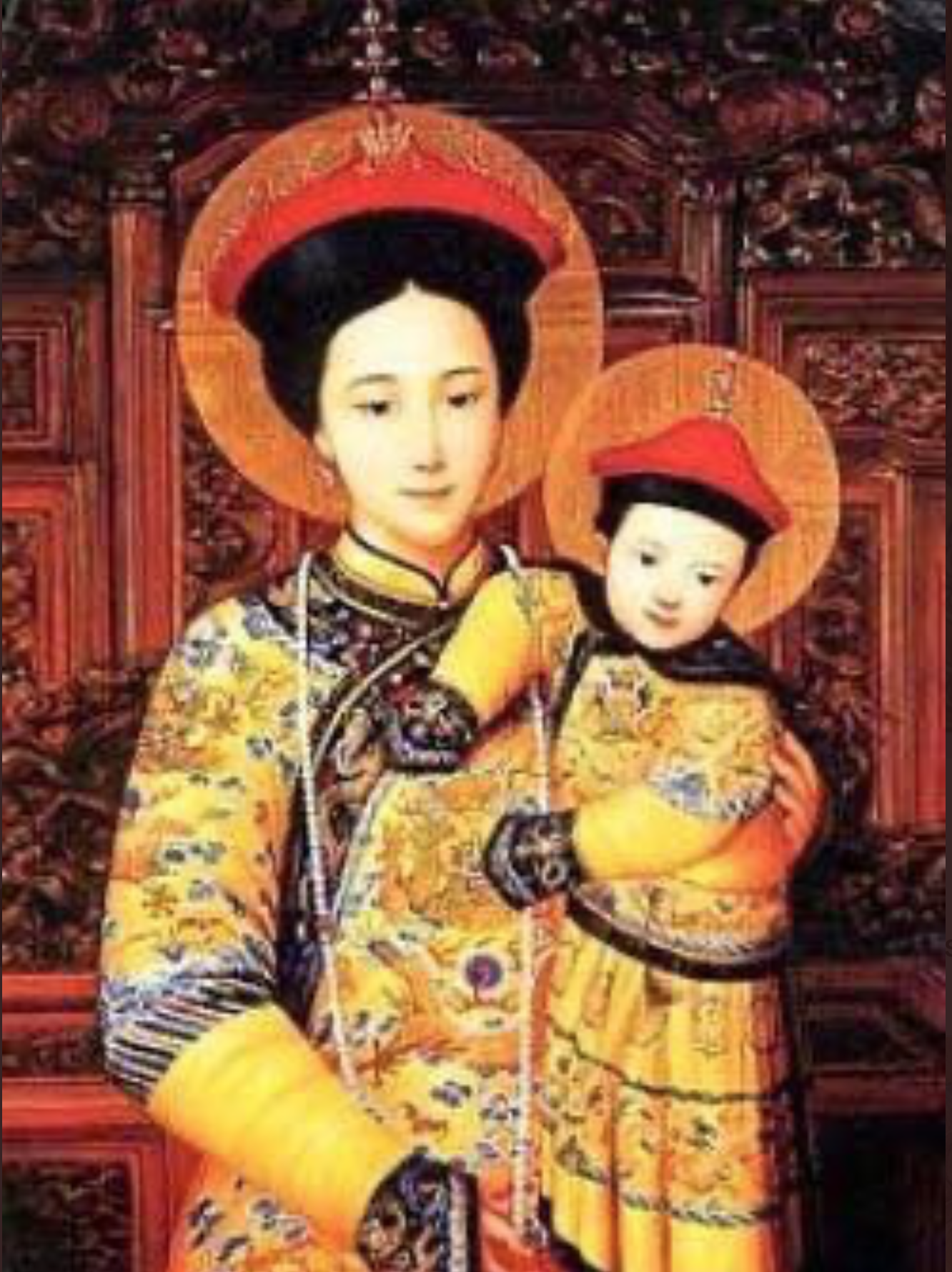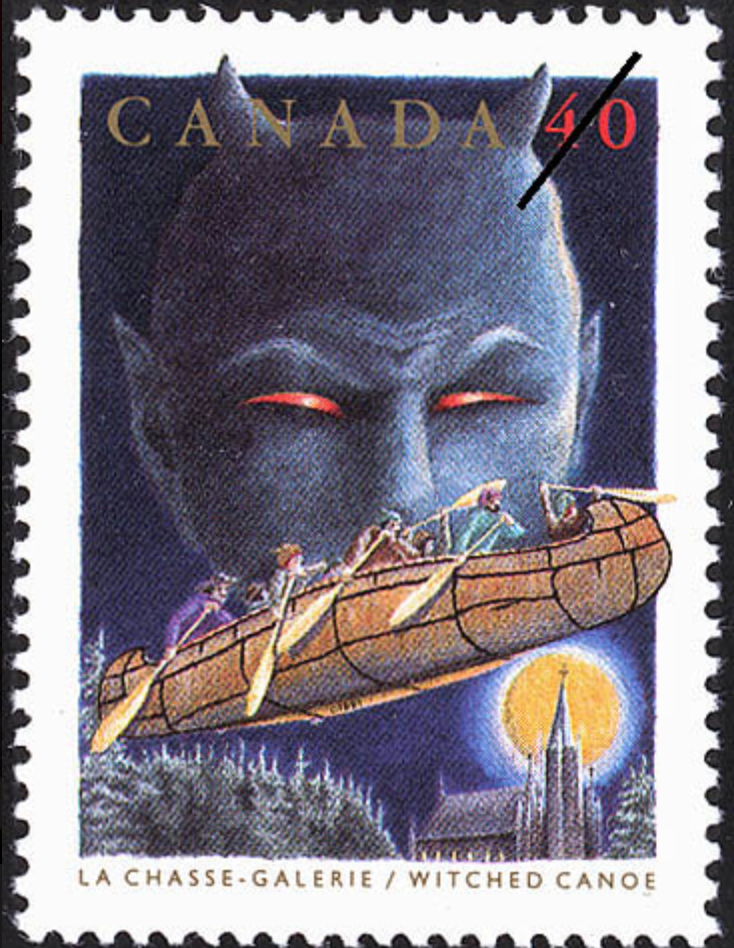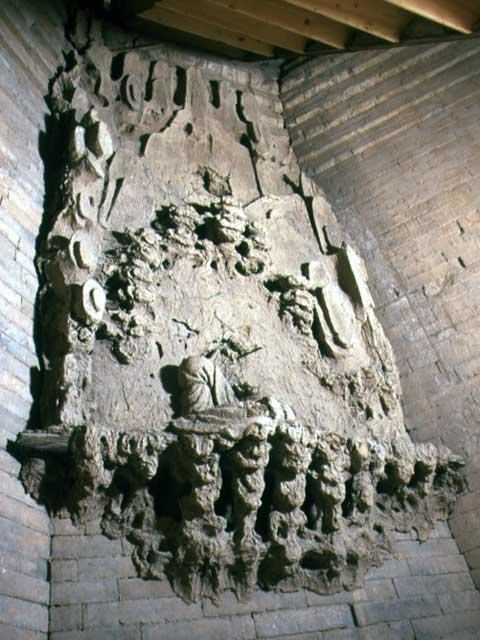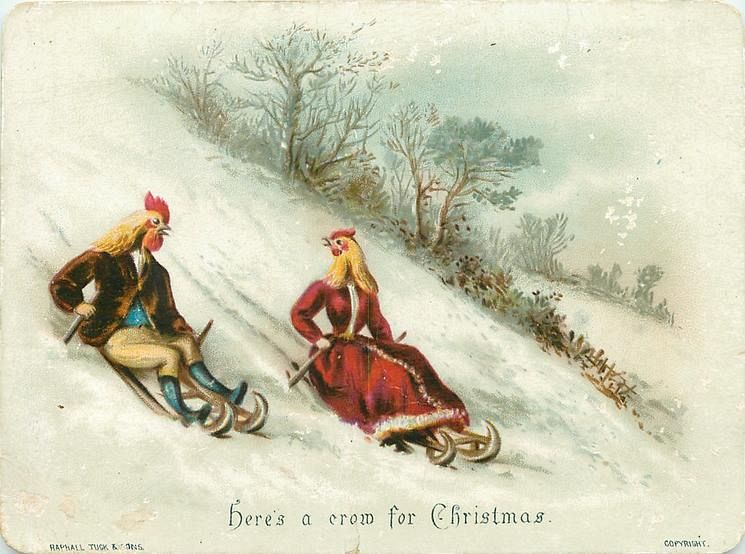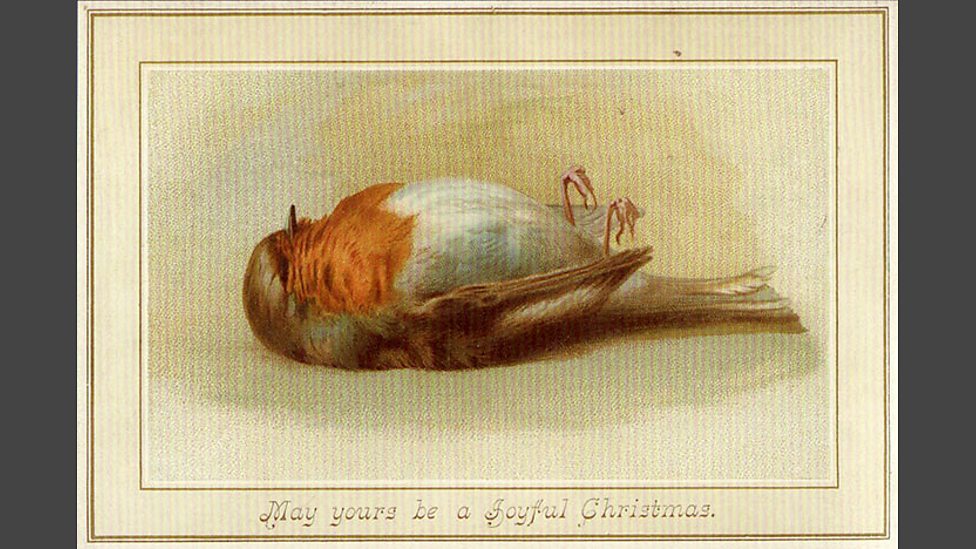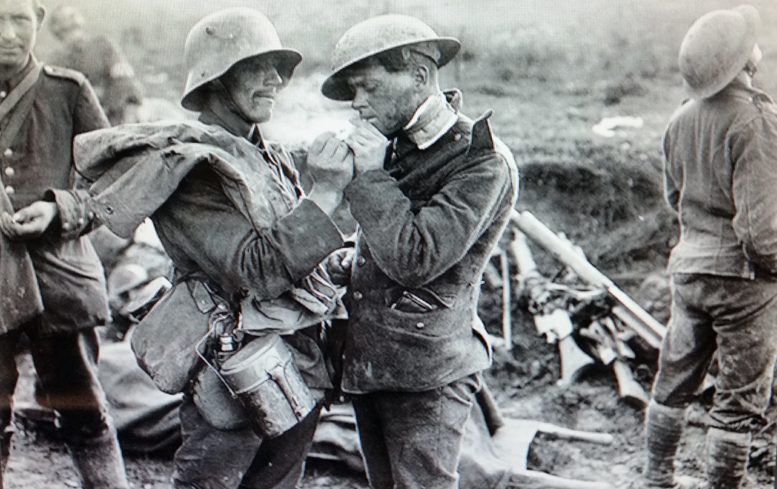
In 1162 Henry II sought to bring the English Church under strict royal control by appointing to the archbishopric of Canterbury his chancellor and good friend, Thomas Becket. But in raising Becket to the primacy, Henry had misjudged his man. As chancellor, Becket had been a devoted royal servant, but as archbishop of Canterbury he became a fervent defender of ecclesiastical independence and an implacable enemy of the king. Henry and Becket became locked in a furious quarrel over the issue of royal control of the English Church. In 1164 Henry issued a list of pro-royal provisions relating to Church-state relations known as the “Constitutions of Clarendon,” which, among other things, prohibited appeals to Rome without royal license and established a degree of royal control over the Church courts. Henry maintained that the Constitutions of Clarendon represented ancient custom; Becket regarded them as unacceptable infringements of the freedom of the Church. For eight years this struggle continued. The king threatened Becket with arrest; Becket fled to the Continent; both sides appealed to the Pope.
Becket returned to England in 1170 under an uneasy truce but the quarrels went unresolved. On Christmas Day Becket preached a sermon which included this prediction:
I have spoken to you today, dear children of God, of the martyrs of the past, asking you to remember especially our martyr of Canterbury, the blessed Archbishop Elphege [murdered in 1012 by Vikings when he refused to ask to be ransomed] ; because it is fitting, on Christ’s birthday, to remember what is that peace which he brought; and because, dear children, do not think that I shall ever preach to you again; and because it is possible that in a short time you may have yet another martyr, and that one perhaps not the last. I would have you keep in your hearts these words that I say, and think of them at another time.
Four days later, a group of Henry’s knights, acting on what they thought were his wishes, invaded the cathedral and hacked Becket to death as he was saying Mass. This dramatic atrocity made a deep impact on the age. Becket was regarded as a martyr; miracles were alleged to have occurred at his tomb, and he was quickly canonized. For the remainder of the Middle Ages, Canterbury was a major pilgrimage center, and the cult of St. Thomas enjoyed immense popularity. Henry, who had not explicitly ordered the killing but whose anger had prompted it, suffered acute embarrassment. He was obliged to do penance by walking barefoot through the streets of Canterbury and submitting to a 300-lash flogging by the Canterbury monks (who seem to have enjoyed the episode immensely).
